



For typical residential tasks, a range of 1200 to 2000 PSI is recommended. This level is adequate for common activities such as cleaning driveways, patios, and vehicles. Higher ratings might be necessary for tougher stains or commercial cleaning.
When selecting a unit, also consider the flow rate, expressed in gallons per minute (GPM). A minimum of 1.2 GPM is advisable to ensure adequate water delivery without compromising pressure. Units with a higher GPM will allow you to finish your projects faster, making them more practical for extensive cleaning.
While higher specifications can enhance performance, it’s important to match the unit’s capabilities to your specific needs. Overusing a device with excessive force can damage surfaces like wood or softer materials. Always consult the manufacturer’s guidelines before use to prevent potential mishaps.
In summary, targeting a unit with specifications between 1200 and 2000 PSI, and maintaining a flow rate of at least 1.2 GPM, will provide a reliable solution for most household cleaning requirements.
Recommended Values for Domestic Cleaning Equipment
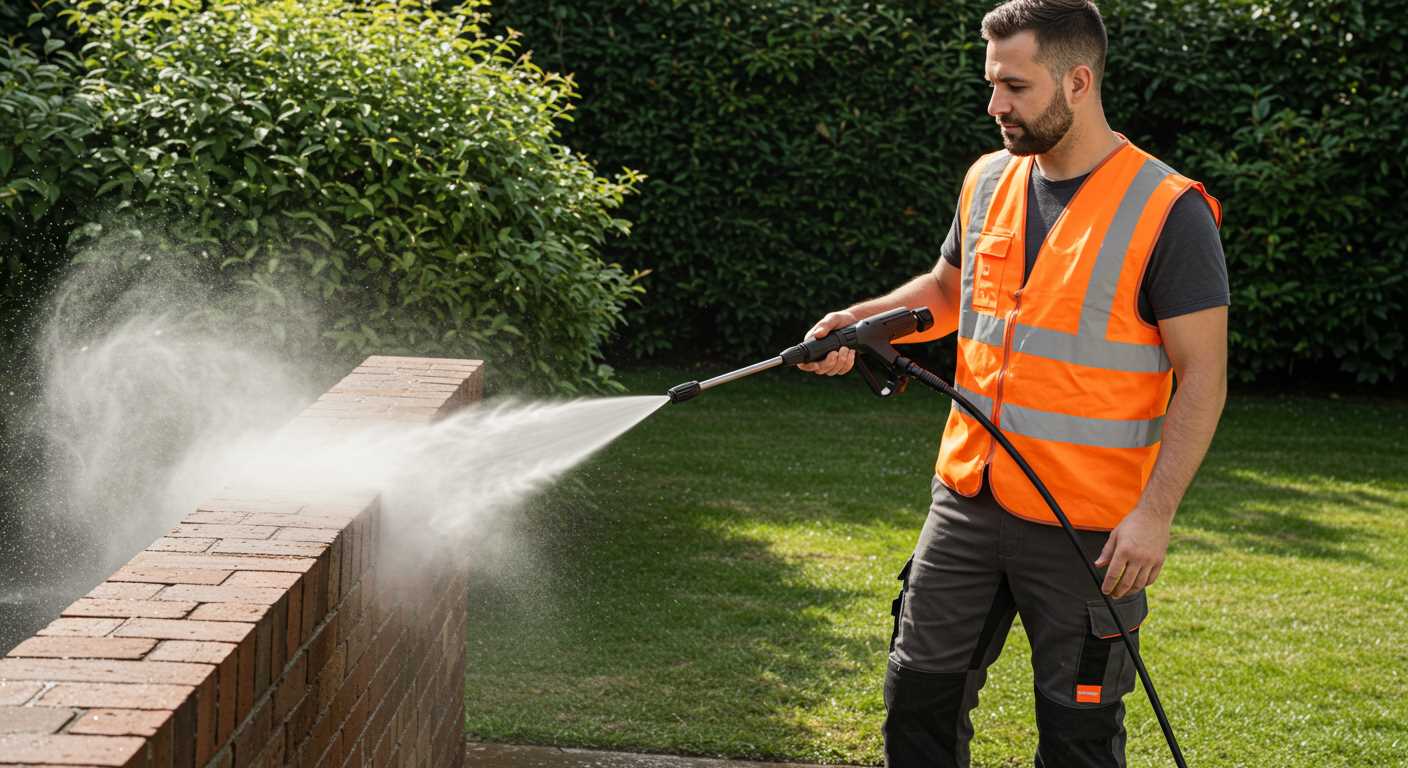
For optimal results, a rating between 1300 and 2000 PSI is advisable. This range balances power and safety, ensuring that surfaces are cleaned effectively without risking damage.
When considering specific tasks, such as washing vehicles, a unit around 1600 PSI typically suffices. For larger areas like driveways or patios, higher ratings, up to 2000 PSI, facilitate faster completion while managing stubborn stains with ease.
The water flow, measured in gallons per minute (GPM), is equally important. A GPM of 1.5 to 2.0 provides a solid blend of pressure and water volume, making cleaning tasks quicker and more efficient.
Here’s a concise breakdown:
| Task Type | Recommended PSI | Recommended GPM |
|---|---|---|
| Cars & Bicycles | 1300 – 1600 | 1.5 – 2.0 |
| Patios & Decks | 2000 | 2.0 |
| Driveways | 2000 | 2.0 |
| Windows & Siding | 1500 – 1800 | 1.5 – 2.0 |
Keep in mind that nozzle adaptability is key. Using wider nozzles can reduce the intensity while still achieving satisfactory outcomes. Selecting a unit with adjustable settings allows flexibility based on cleaning needs.
Careful evaluation of equipment specifications ensures well-informed purchasing decisions. Investing in appropriate capabilities leads to efficient cleaning sessions without unnecessary hassles.
Understanding PSI Ratings for Home Use
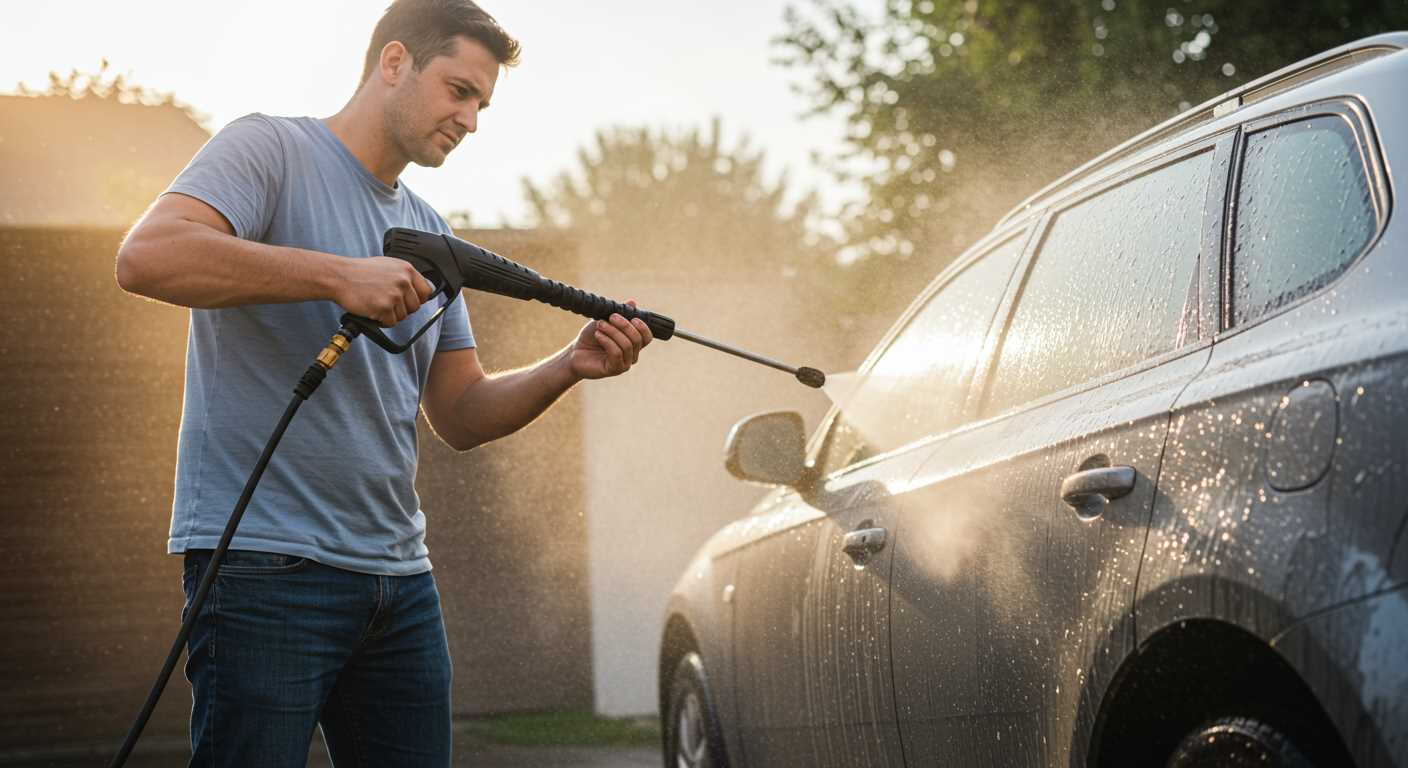
Choose models between 1300 and 2000 PSI for typical duties around the home. This range comfortably handles tasks such as cleaning vehicles, patio furniture, and home exteriors without risking damage.
- 1300-1600 PSI: Ideal for light-duty chores like washing cars and bicycles.
- 1600-2000 PSI: Suitable for medium-duty jobs, such as cleaning decks and patios, where more power is necessary.
- Above 2000 PSI: Best reserved for heavy-duty tasks like surface preparation and stripping paint. Exercise caution to avoid damaging delicate surfaces.
Consider the nozzle type as well; a fan spray setting can spread the force and reduce potential harm to softer materials. Always maintain a safe distance when operating the equipment to prevent unwanted wear.
Examine the GPM (gallons per minute) alongside PSI. A higher GPM indicates faster cleaning capability, especially for larger areas. Models offering a balanced PSI and GPM combination enhance efficiency.
- Check manufacturer’s recommendations for specific tasks.
- Test on a small, inconspicuous area first to gauge results.
- Adjust pressure settings gradually to find the optimal force for diverse surfaces.
Understanding these ratings enables you to select the most suited model for your needs, ensuring effective cleaning results without unnecessary risk of damage. Reading user reviews can also provide insights into real-world performance and reliability.
Choosing the Right Pressure for Different Surfaces
For brick and concrete surfaces, utilise a range of 2500 to 3000 PSI. This level is effective for removing tough stains, moss, and grime. Adjust the nozzle to a narrower spray for concentrated cleaning.
Wooden decks, on the other hand, require a gentler approach. I recommend settings between 1200 to 1500 PSI to avoid damaging the wood fibres. Use a fan-shaped nozzle to distribute the force evenly.
Glass and Painted Surfaces
For glass, maintain a lower setting around 1000 to 1200 PSI. This technique prevents potential shattering while still achieving a streak-free clean. A wide-angle nozzle will help in dispersing the water properly.
When tackling painted surfaces, aim for 1500 to 2000 PSI. This power effectively removes dirt without risking the integrity of the paint. Always test on a small, inconspicuous area first.
Vehicles and Sensitive Areas
For car exteriors, stick to 1200 to 1900 PSI. This level safely lifts dirt without damaging the paintwork or causing scratches. Use a wide spray nozzle to cover larger areas effectively.
Areas like patio furniture, which may be made of plastic or delicate materials, should be cleaned using less than 1500 PSI. This ensures that surfaces remain intact and unharmed. A rotating nozzle can enhance cleanliness without applying too much force.
How to Adjust Pressure for Cleaning Tasks
To achieve optimal results in various cleaning scenarios, varying the nozzle and adjusting the settings on your device are paramount. For delicate surfaces like glass, use a fan nozzle with a lower setting, around 1500 to 1800 PSI, to prevent damage. A rotating nozzle works well for stubborn dirt on concrete driveways, allowing you to utilise higher settings of approximately 3000 PSI.
Consider the Surface Material
When tackling wood surfaces, such as decks or fences, a setting near 2000 PSI with a wide spray pattern is often advisable to avoid splintering. For vehicles, maintaining around 1400 to 1600 PSI with a detergent attachment ensures thorough cleaning without harming the paintwork. Always test on a small area first to confirm compatibility.
Prep Work Matters
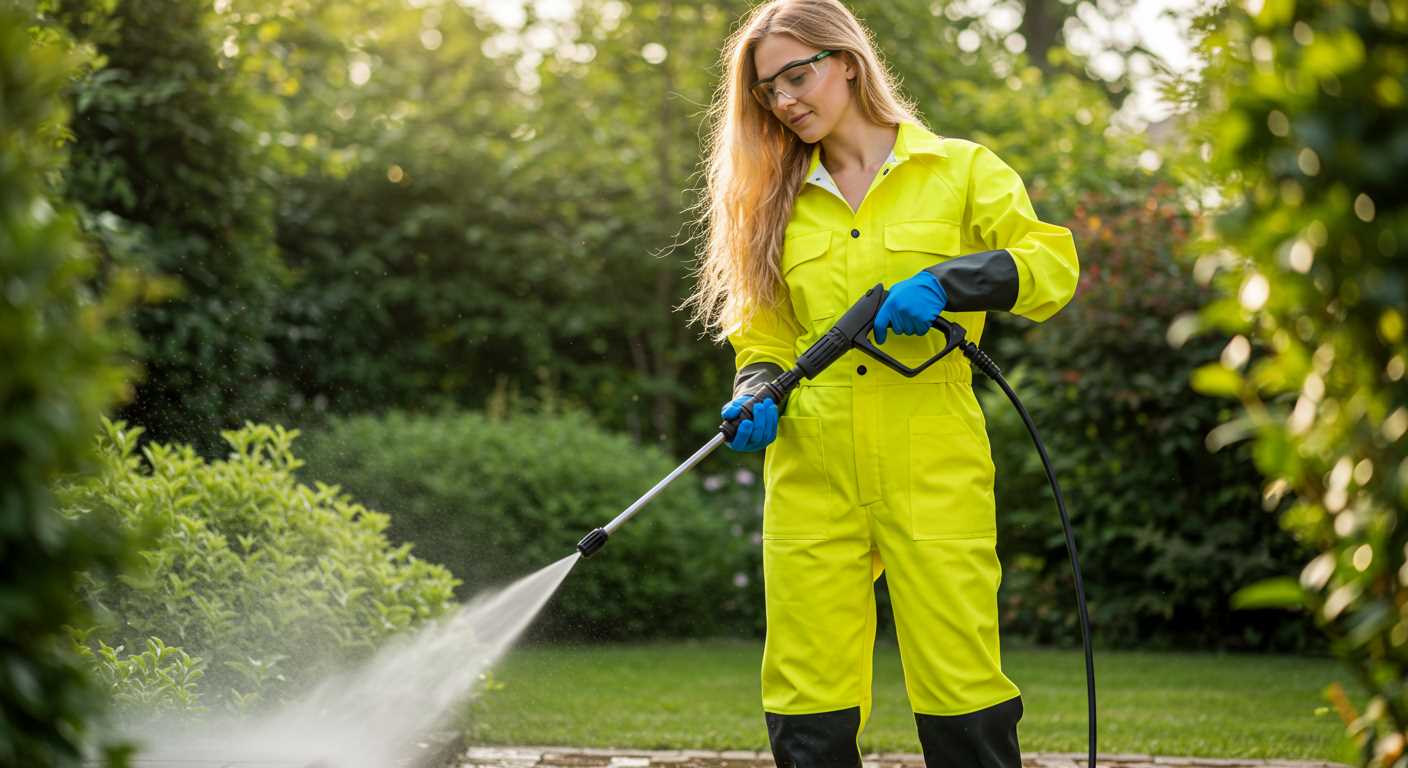
Prior to starting, remove loose debris and dirt to enhance effectiveness. If cleaning outdoor furniture or ornamental pieces, a lower intensity is generally recommended to preserve intricate details. Adjusting the signal’s angle can also improve cleaning efficiency while minimising the risk of surface damage. By fine-tuning your settings based on the task at hand, you’ll optimise results and prolong the lifespan of both surface and equipment.
Impacts of Too High or Too Low Pressure
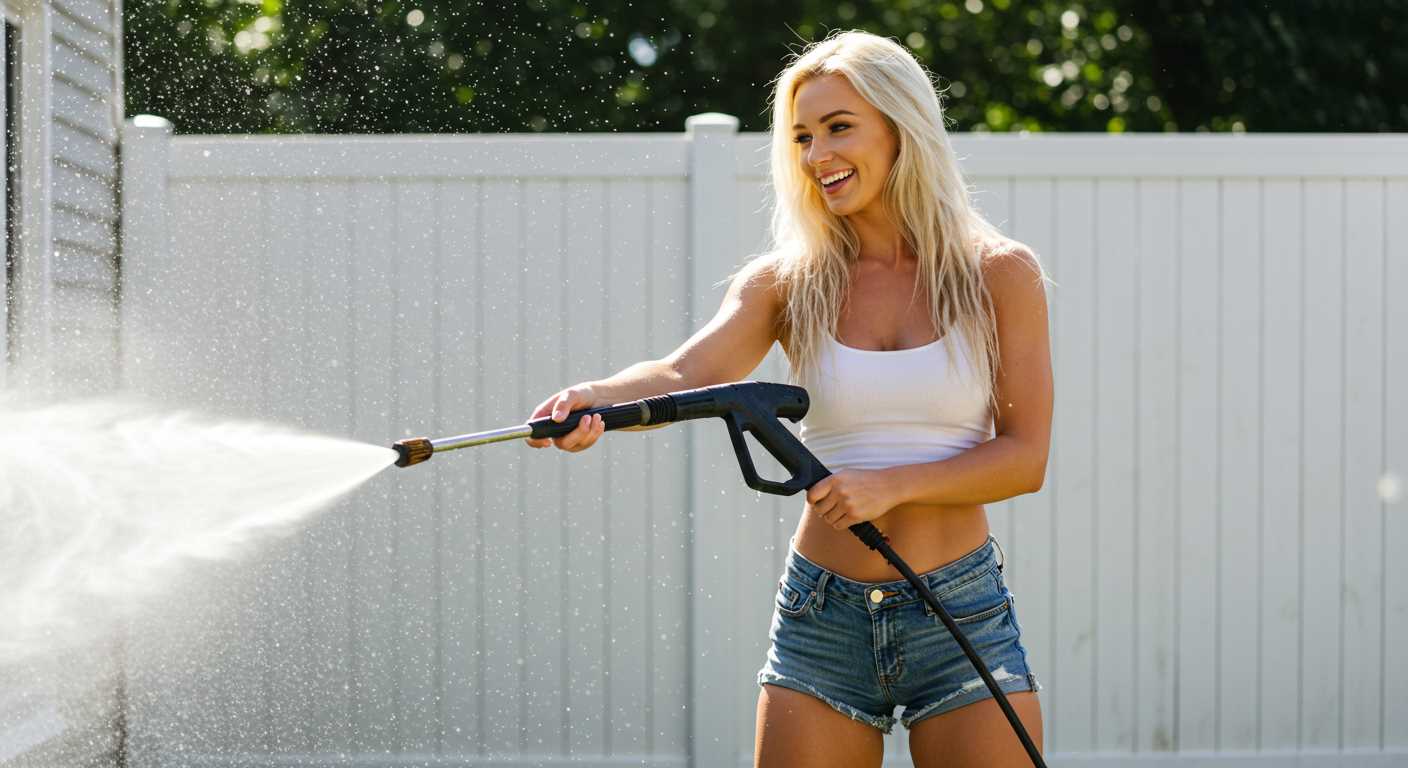
Using excessive force can easily damage surfaces. Delicate materials like wood, stucco, or painted fences might suffer from dents, chips, or removed finishes. As a rule of thumb, avoid settings above 1,500 PSI for sensitive surfaces to preserve their integrity.
Conversely, insufficient force leads to ineffective cleaning. Grease, grime, and stubborn stains may remain, requiring extended scrubbing or multiple passes that consume more time and effort. If dirt persists after a thorough attempt, consider increasing the power moderately for better results.
Inconsistent performance often arises when the settings are not appropriately matched to the task. Using high power on safe surfaces or low force on tough stains creates frustration and wasted effort. Understanding the specifics of materials and the nature of the dirt ensures optimal performance.
Overreliance on excessive cleaning power might lead to issues beyond visible damage. Water waste increases, and the likelihood of injury from flying debris also rises. Always wear protective gear and manage water flow to minimise these risks.
Monitoring equipment performance is vital. Sudden fluctuations in effectiveness can indicate underlying problems with the machine itself. A drop in needed force may point to clogged filters or malfunctioning components, prompting a review and potential maintenance.
Recommended PSI for Common Household Applications
A general rule is to use a machine with a rating of 1200 to 1900 PSI for most home cleaning tasks. However, specific applications benefit from tailored pressure levels.
Common Tasks and Ideal PSI Ratings
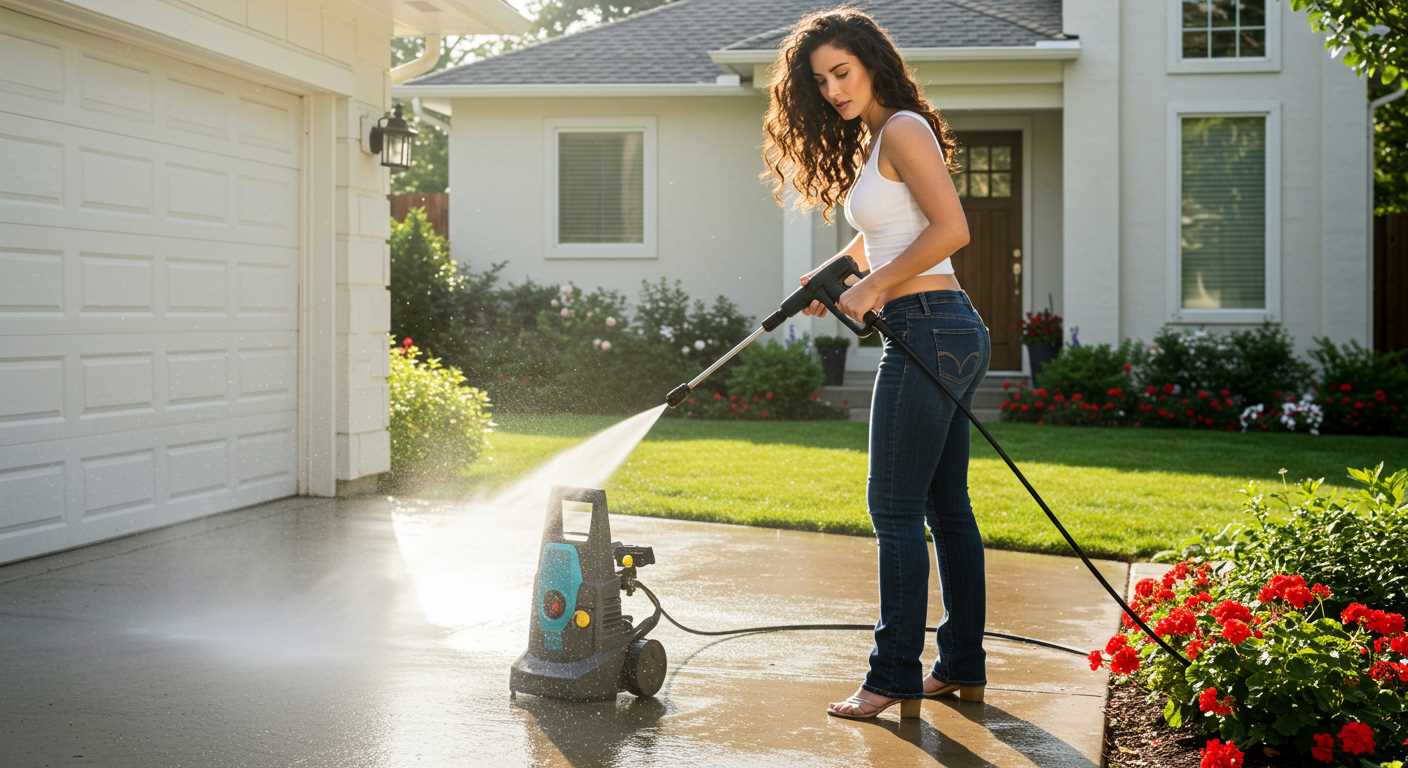
| Application | Recommended PSI |
|---|---|
| Patio and Driveway Cleaning | 3000 – 3500 |
| Deck Cleaning | 1200 – 2200 |
| Car Washing | 1200 – 1900 |
| Home Siding | 1300 – 2500 |
| Outdoor Furniture | 1000 – 1500 |
| Windows | 1300 – 1600 |
| Roof Cleaning | 1500 – 2000 |
Choosing the right setting helps avoid damage and achieves optimal results, particularly on softer surfaces. For example, maintaining lower settings for more delicate items prevents wear and tear. When cleaning concrete or stone, a higher setting ensures thorough grime removal while protecting nearby plants and surfaces. Understanding these levels will greatly enhance your cleaning experience.
Tips for Maintaining Optimal Pressure Settings
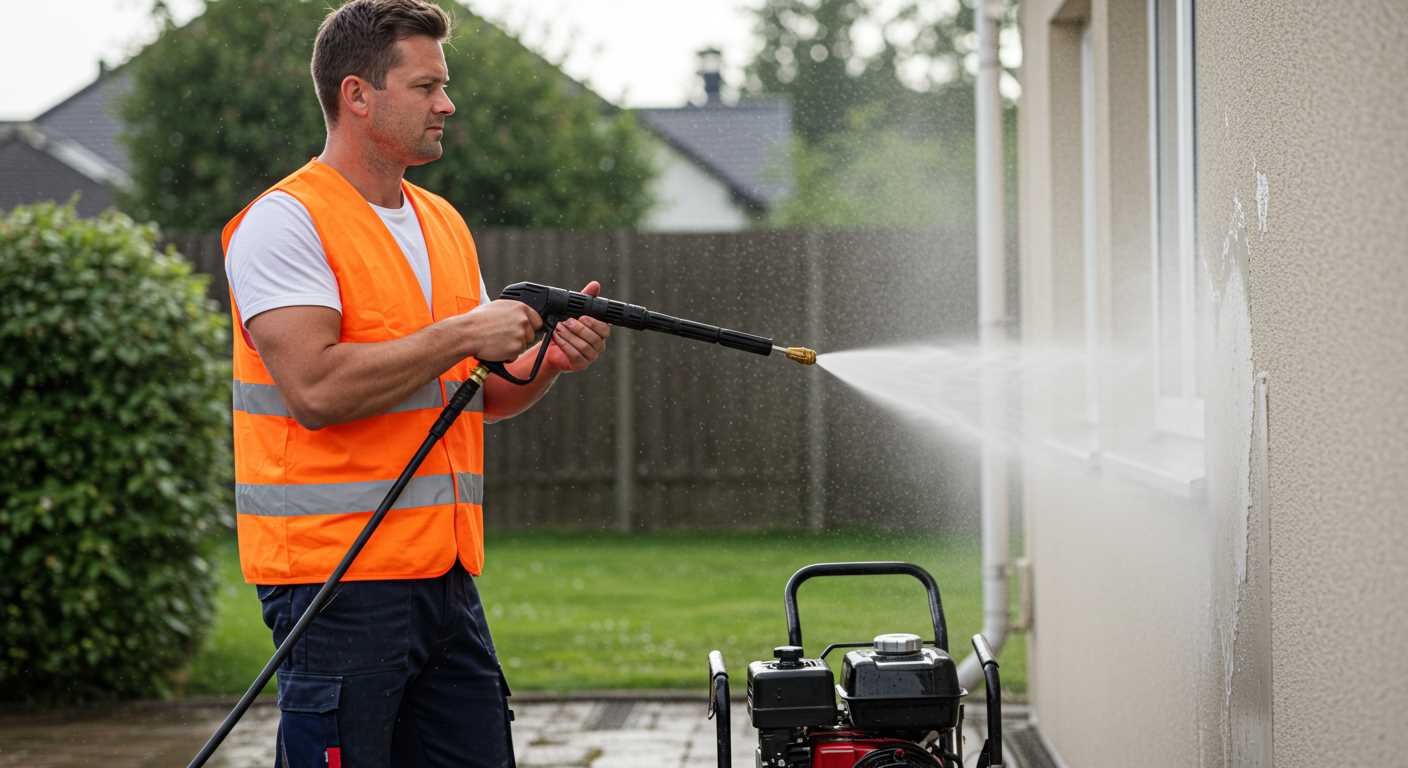
Regular checks on the nozzle and spray tips can ensure efficient flow and appropriate intensity. Make sure to clean or replace them as needed to prevent any build-up that could affect performance.
Monitor Water Supply
A consistent and clean water source is vital. Ensure the connected hose has no leaks and that the water supply is adequate to maintain a steady flow during operation.
Adjusting Nozzles
Utilise the right nozzle for various cleaning tasks. Different angles–such as 0°, 15°, 25°, and 40°–provide specific applications, so selecting the correct one will help in achieving optimal results without undue wear on surfaces.
Inspect hoses for kinks or damage that could restrict flow. Regular maintenance of hoses can prevent pressure loss, ensuring the unit operates efficiently.
Clean filters and intake screens to eliminate debris that may cause clogs. Regularly checking these components can maximise performance and prolong the equipment’s lifespan.
Between uses, store all parts in a clean, dry environment. This simple action helps avoid corrosion and prolongs the life of components.
Finally, consult the manufacturer’s guidelines. Each model might have unique recommendations regarding optimal settings and maintenance routines to ensure longevity and efficiency.
Comparing Electric vs. Gas Pressure Cleaners
My experience has shown that the choice between electric and gas models often hinges on specific needs. Electric units typically offer convenience and lightweight operation. Ideal for smaller tasks like washing cars or cleaning patios, they require less maintenance and are quieter. However, they might struggle with more intensive jobs or stubborn stains.
Gas-powered versions excel in power and duration. They deliver a higher output, making them suitable for extensive cleaning projects, such as large driveways or pre-painting preparations. I have often found these machines indispensable for heavy-duty use, despite their greater noise levels and emissions.
Key Differences
- Power Source: Electric relies on a standard outlet; gas runs on fuel.
- Mobility: Gas units are generally more portable, enabling use in remote areas without access to electricity.
- Weight: Electric cleaners are often lighter, making them easier to manoeuvre.
- Maintenance: Electric requires less upkeep; gas needs regular oil checks and fuel management.
Which Option to Choose?
For those with minor cleaning tasks or limited space, an electric model suffices. If tackling bigger jobs or requiring sustained high performance, consider investing in a gas unit. Testing both types is an effective way to determine which aligns with your cleaning needs. With over a decade in the industry, I’ve often been guided by the specific application rather than brand preference, emphasising the importance of matching the tool to the task at hand.
Safety Guidelines for Pressure Washing at Home
Always wear appropriate personal protective equipment. This includes safety goggles, gloves, and non-slip footwear to guard against flying debris and slips.
Check the power source and ensure that all cables are in good condition to prevent electrical hazards. Avoid using extension cords that are damaged or unsuitable for outdoor use.
Keep a safe distance from others and pets during operation. Establish a designated cleaning area that is away from bystanders to prevent accidents.
Pay attention to the surfaces being cleaned. Always test on a small, inconspicuous area to avoid unexpected damage, especially on delicate materials like wood and painted surfaces.
Maintain a steady grip on the device to control the force and avoid overshooting or losing control. A firm stance is important; consider using both hands on the handle.
Never point the nozzle at yourself or others, regardless of the pressure setting. Direct the stream away from your body to minimise the risk of injury.
Stay vigilant about your surroundings. Be aware of uneven terrain, wet surfaces, or obstacles that could cause you to trip or fall during operation.
Ensure proper ventilation if cleaning in enclosed spaces. The build-up of fumes can be hazardous, so work safely outdoors whenever possible.
After use, safely store the machine and all accessories. Make sure to detach hoses and drain them completely to prevent damage or leaks.
Review the manufacturer’s guidelines for specific safety warnings and recommendations related to your model. Understanding these instructions is key to safe operation.
- Wear safety gear: goggles, gloves, and non-slip shoes.
- Inspect power sources and cords before use.
- Establish a safe working area free from distractions.
- Test surfaces to avoid damage.
- Keep a firm grip and steady stance during operation.
- Avoid directing the nozzle at yourself or others.
- Be aware of your environment to prevent accidents.
- Ensure ventilation in enclosed spaces.
- Store equipment properly after use.
- Follow manufacturer’s safety instructions.









